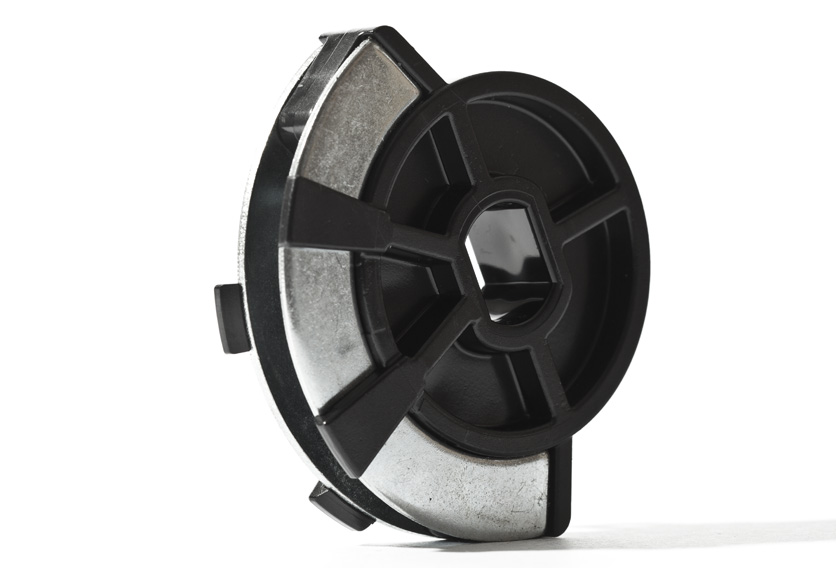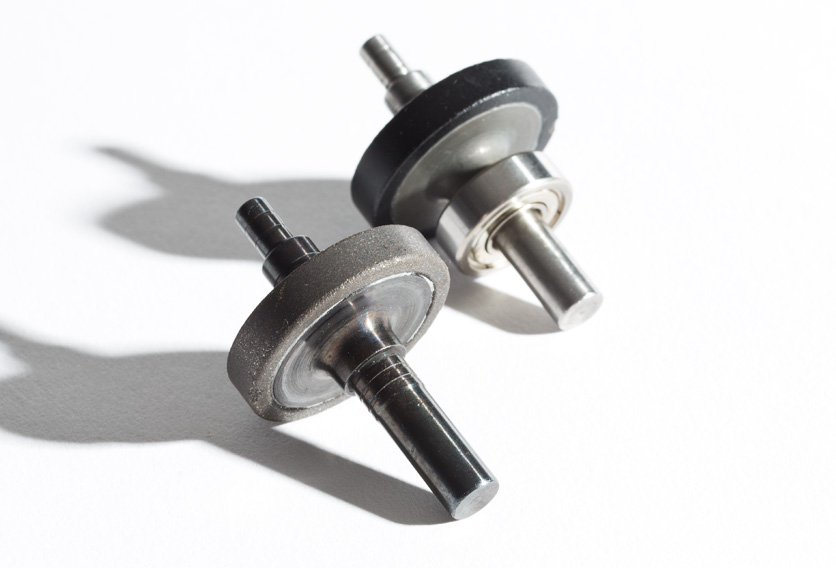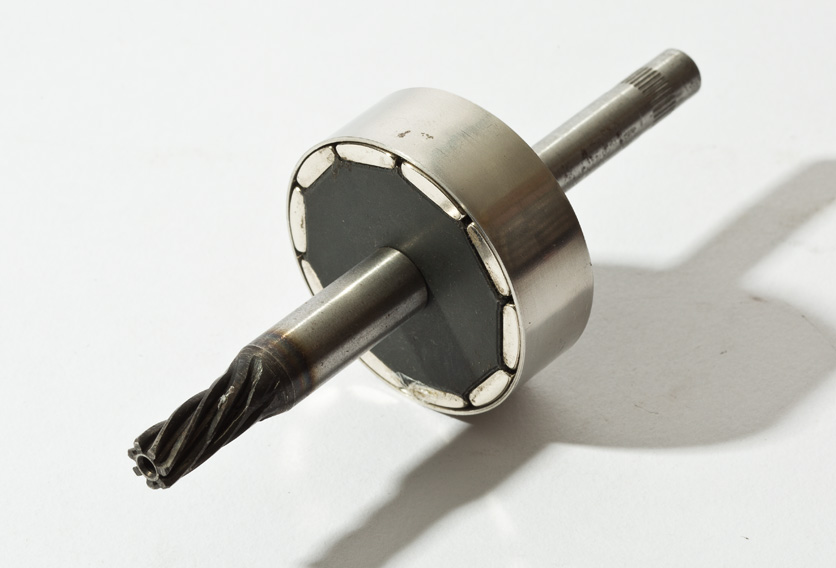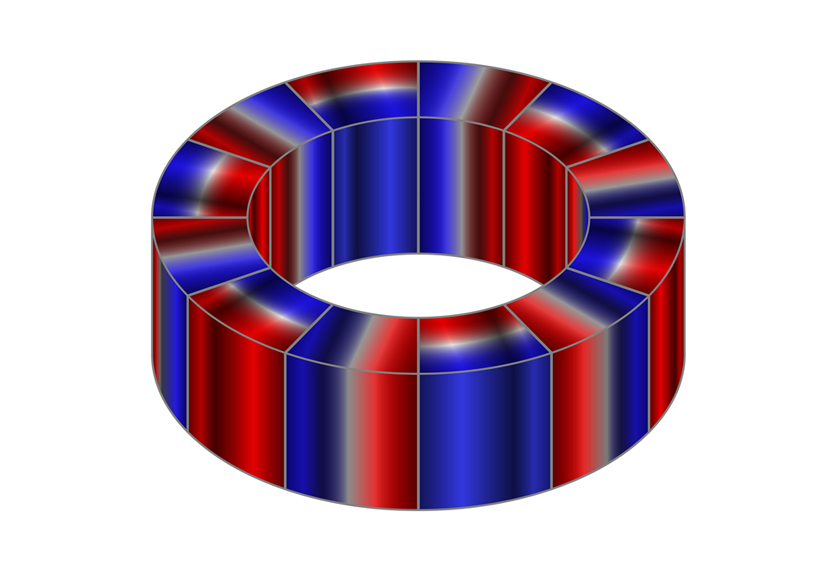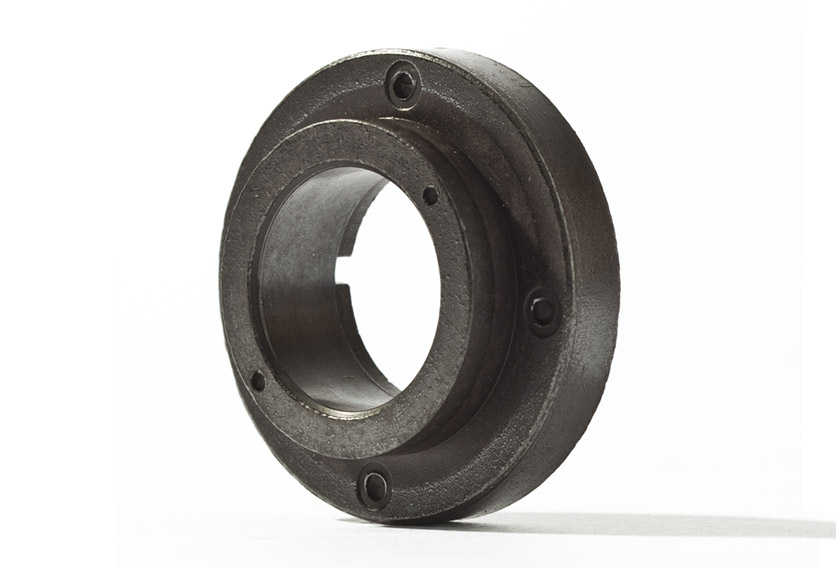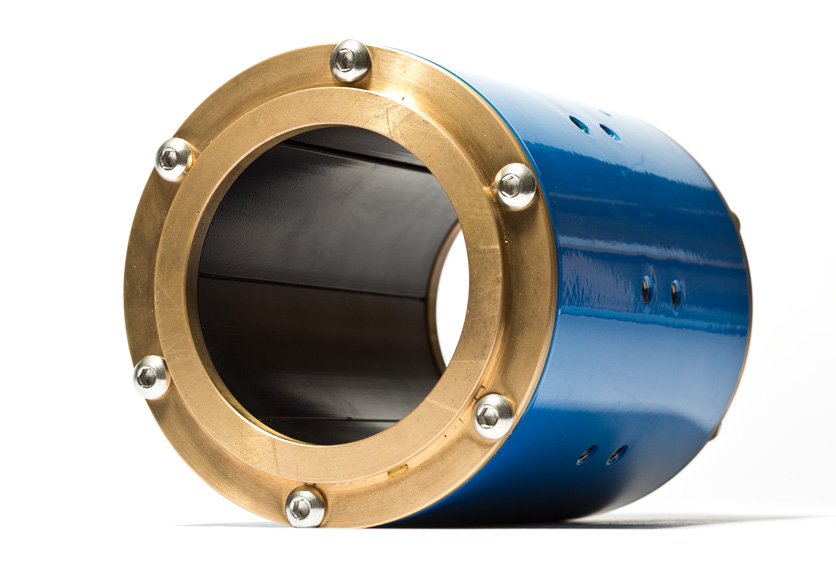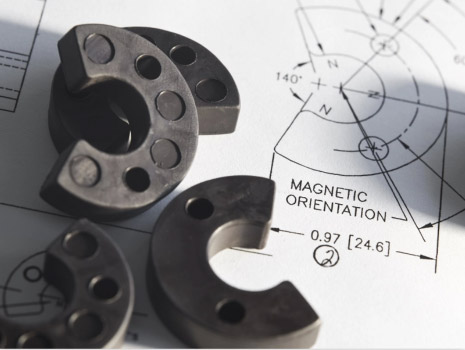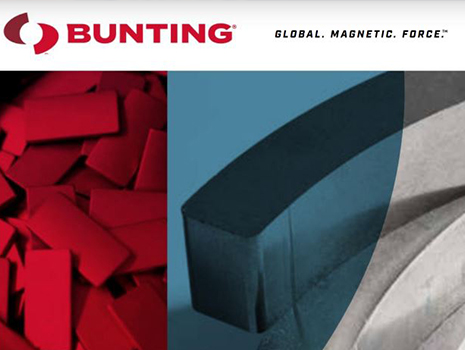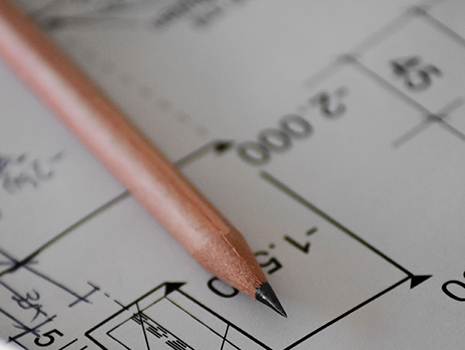
Linear Actuators
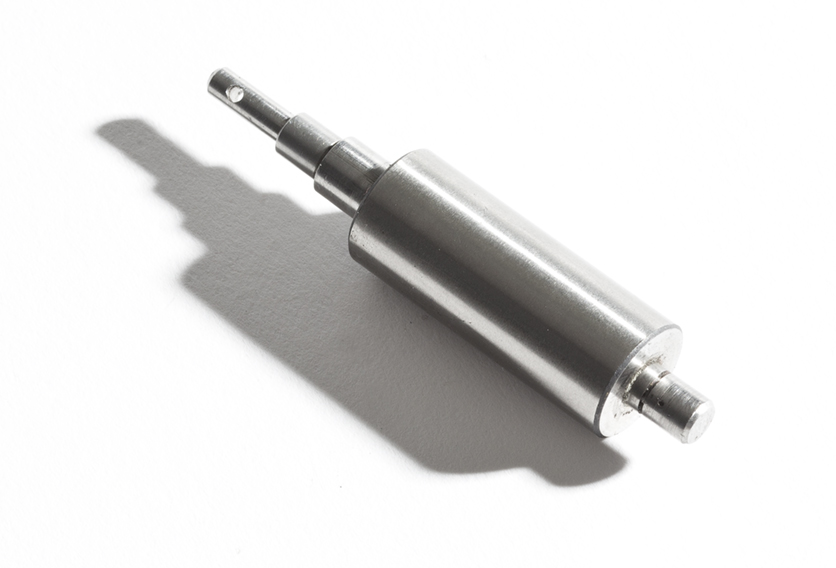
- 2D and 3D magnetic modeling of your design
- Rapid prototyping of designs
- Capacity to manufacture magnets + magnetic assemblies in any quantity
- Extensive quality checks of product
- On-time delivery
Custom Magnet Assemblies for Linear Actuators
Linear actuators are incredible devices that convert rotational motion into linear motion, enabling precise and controlled movement in a straight line. At the heart of these efficient and versatile devices lies the ingenious application of magnet assemblies. By harnessing the power of magnetism, linear actuators offer exceptional force, accuracy, and reliability in various industries and applications.
Magnets in linear actuators primarily function by creating a magnetic field that interacts with other components to generate linear motion. These magnet assemblies consist of powerful permanent magnets, carefully configured to optimize their magnetic properties and enhance the actuator’s performance.
One common configuration involves the use of cylindrical or rectangular magnets positioned on either side of the actuator’s armature or plunger. These magnets create a magnetic circuit, also known as a magnetic flux path, which allows the magnetic field to flow and interact with the armature or plunger. The magnetic field generated induces a force that drives the linear movement of the actuator.
The interaction between the magnets and the armature or plunger occurs through the principle of attraction and repulsion. When an electrical current is applied to a coil surrounding the armature or plunger, it creates a temporary magnetic field that interacts with the permanent magnets. This interaction results in a repulsive or attractive force, depending on the magnetic polarities, pushing or pulling the armature or plunger in a linear direction.
The precise control of linear motion is achieved by manipulating the magnetic field strength and polarity. By varying the electrical current supplied to the coil, the strength of the magnetic field can be adjusted, thereby controlling the force exerted on the armature or plunger. This allows for fine-tuning the speed, acceleration, and positioning of the linear actuator, ensuring precise and controlled movement in a wide range of applications.

